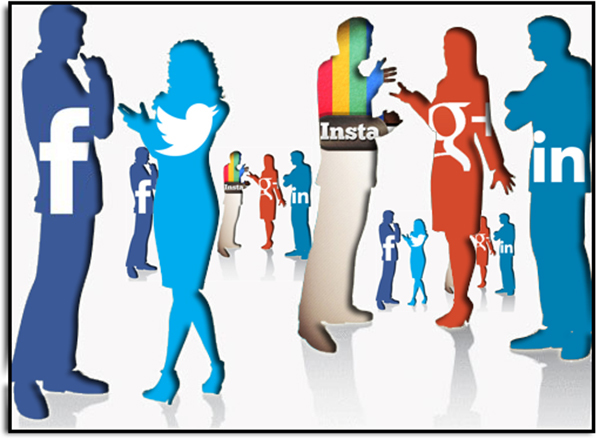In February, we set out to meet the press, whoever that may be in 2013. For hundreds of years, the 4th Estate has been an integral part of democratic societies around the world, rooting out corruption, exposing injustice, and giving people the facts they need to make informed decisions in their communities and the voting booth
Recently though, the 4th Estate has undergone some drastic changes. Traditional business models are collapsing, and the idea of just who is a “reporter” has become scrambled. The Internet ushered in much of this change as it became prevalent in the mid 1990s. In fact, the first place to publish the name Monica Lewinsky was not CNN or the Washington Post, but the website Drudge Report.
Then, as the millennium turned and the squeals and squawks of dial-up modems gave way to lightweight wireless notebook computers and eventually smart phones, a whole new platform emerged that would make the dissemination of information quicker and easier than ever before: Social Media. Also called New Media. Facebook, Twitter, Instragram, YouTube and thousands of other sites made it easier than ever for the observations, opinions and photos of just about anybody to make their way to you. Traditional news outlets have worked to incorporate these technologies, with comments sections, iReporters and hashtag promotions. Others, like Patch.com have gone even further, and built it into their business model.

Citizen journalists, or “iReporters” have become a staple on CNN, bringing a personal take on major stories. (Credit: CNN.com)
It goes beyond journalism. Social media has allowed people, organizations and businesses to get the word out and generate a following directly. No newspaper, no reporter, no nobody needed for your story to be told. A global coffee shop bulletin board, new media enables aspiring musicians to reach a wide audience without label and radio support, politicians to speak directly to voters without costly advertising buys, and home craft makers to sell their goods around the world. Social media also makes quantifying the reach of a message easier and more scientific; counting clicks and likes is more accurate than estimating eyeballs on a TV screen.
In some countries, social media has even been the catalyst to revolution. Graffiti with words like “Thank you Facebook!” was scrawled around Cairo and Tunis during the Arab Spring of 2011, with protestors using new media platforms to communicate and stay one step ahead of the regimes that had oppressed their countries for decades. Revolutionaries credited social meeting with helping them circumvent the state run media that dominated everyday discourse, and broadcast both the location of rallies, and the ideas that drove them to people who were hungry for change, but couldn’t previously express it.
This month, the Collaborative Services blog will delve into the brave new world of New Media. We’ll find out who uses it well, what they’re doing, and how it’s changed the game when it comes to outreach. While its effect may be most pronounced on older forms of media like newspapers and television, in truth social media has changed the game for anyone who has a message to get out. If that message topples a dictator, creates a flashmob at the local mall or let’s you know where your kids are around the clock, it’s a remarkable phenomenon in an increasingly connected world.
Elizabeth Malloy, Associate
Collaborative Services, Inc.




Recent Comments